Are you’re feeling overwhelmed with all the noise out there surrounding what foods we should and shouldn’t be serving our kids? Then I truly hope that reading this post will help put your mind at ease and that it will empower you to teach your child to TRUST their bodies and to develop a healthy relationship with food.
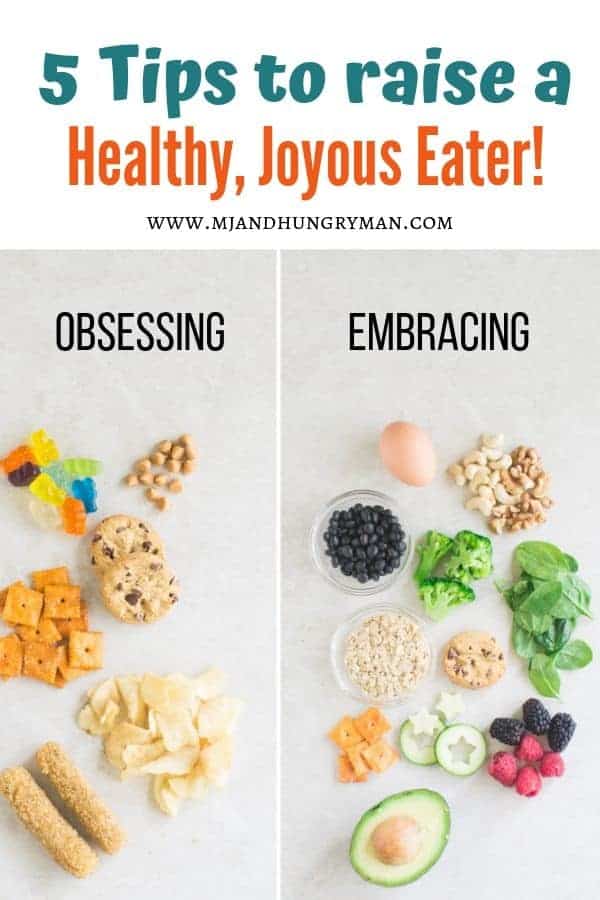
I can tell you, as a dietitian who loves to stay on top of current research and food trends, there’s not a day that goes by when I don’t come across certain foods being demonized and messages about how they are disease-causing, evil, poisonous, etc. And I cringe. Something tells me that you, as a parent, have come across endless fear-mongering rules out there when it comes to feeding your kid(s). Sugar is toxic. Non-organic foods are dangerous. Gluten is bad, and on and on.
Let’s say NO to food shaming
Sure there are foods that are unhealthy when consumed in large amounts. They’re not the best for everyday choices. But do they have a place in our diet? Absolutely.
“Sugar is poison.”
You can’t isolate certain food and nutrients (such as added sugars, non-organic foods, etc.) and slap on blame saying THAT'S the reason for “xyz” (e.g. diabetes, heart disease). The fact is, diet and health don’t exist in a vacuum. You have to look at the OVERALL diet and lifestyle. And we also have to understand our bodies’ physiology.
Did you know that our livers are INCREDIBLE at processing all the food that enters our bodies and filtering out any waste or toxins, which our bodies also produce as part of its normal function? Let's give some credit to the intricate workings of our bodies. It's amazing and it's beautiful.
Certainly, there are better and worse food choices. It’s better to eat more fresh fruits and vegetables than packaged foods. Whole grains instead of refined ones. But can you enjoy some ice cream and donuts once in a while and still be healthy? YES and YES!
If you're wanting to learn more about the different types of sugars, their effects on our bodies, and more, check out my earlier post - 3 ways to deal with sugar cravings.
All food has a place in our diet. Rather than thinking of food as good or bad, let’s instead focus on variety and moderation!
The Consequences of Food Labeling
So what does labeling food “good vs. bad”, “clean vs. toxic” do?
- Well, it makes us feel overwhelmed, fearful, and guilty if we can’t follow all the “rules." And if we’re feeling this way, imagine how our children will feel as they start to become aware of all these messages? As someone who struggled with an eating disorder and finally fought her way out of the vicious bingeing/starving cycle, I don't want that for my child. And I don't want that for your child either. This is at the heart of why I do what I do!
- It tells them that they can’t be trusted to make the choices based on their hunger and fullness cues and what their body is telling them that they need.
- It can create shame where there could and should be enjoyment. It will encourage them to engage in unhealthy eating behaviors, such as dieting, restricting, obsessing, sneaking food. Do we really want our kids to grow up counting calories and being afraid to take another lick when we go out for family ice cream night? Or perhaps the opposite, obsessing and bingeing on "forbidden food" when we’re not around?
What does putting all foods on a level playing field do?
It is extremely instrumental in helping our children navigate around all the food choices they will encounter daily. Babies are born with the innate ability to self-regulate, and I definitely found this to be true as I, with much awe and fascination, watched my baby eat. Unfortunately, as they grow older, many lose this connection with their bodies because of all the outside influences.
Let’s help our children to continue to be in-tune with and TRUST their bodies, eating when they’re hungry, leaving food on the plates when they’re full, eating what they want and enjoying all food without the guilt, restriction, obsession, etc.
Let’s help them to make decisions according to their own feelings, needs, and cravings rather than all the external “rules.” If you've been wondering, "what does it mean to have a healthy relationship with food?" This is it!
Take Action!
Instead of obsessing over not serving foods that have little nutritional value and making them forbidden, let’s focus our efforts on serving well-balanced meals with nourishing foods instead. And let’s not stop there. Let’s actually gather around the table and enjoy them together as a family! By doing so, it will naturally crowd out those other foods.
It’s important that we don’t make the not so healthful foods forbidden. Because sooner or later, our young children are going to grow up and are going to be exposed to all kinds of foods. And they need to know how to navigate around them! This is where we, the parents, come in.
5 ways to help your child to develop a healthy relationship with food!
- Lead by example. Eat healthfully the way you’d like your child to eat. Notice I mentioned this first? I personally believe this is MOST important. Perhaps this post - 4 healthy ways to handle food cravings will be helpful to you!
- Eat together as a family. Seeing everyone gathered around the table and enjoying nourishing foods together is good for our mind, body, and soul!
- Create a positive and safe eating environment. Make mealtimes less about food and more about family. Nagging, forcing, bribing, and rewarding are all negative feeding practices that can cause more harm than good. Instead, practice responsive feeding.
- Offer great options at home - We get to decide what foods to serve. Fill the pantry, counter, fridge with wholesome foods. What they have access to is what they’ll get used to and learn to prefer in the long-run.
- Don’t make any food completely off-limits. I truly believe all food can be a part of a healthful diet. What’s most important is how much and how often they are served, which are things we, the parents, get to decide. If you overly restrict, it will make those foods even more desirable to our kids. We can absolutely teach them about balance from early on.
This means:
We’re careful that we don’t use words like good or bad around foods. Food is food. As my son gets older, I personally like the idea of using “always and sometimes foods”
We’re enjoying the occasional treats together! I want to share a fun fact. During my first trimester, I could not eat a lot of vegetables because just thinking about them made me sick to my stomach.
And came ice cream to the rescue, vanilla ice cream to be exact. It got me through some tough times, and for that, it will always have a special place in my heart. And a place in my pantry. How could we possibly call such foods "bad"? Food is nourishment. Food is good for the soul.
You might be wondering, but what if my child becomes obsessed with these not so healthy foods? That may happen, certainly. However, if you continue to provide predictable and consistent mealtime structure and boundaries, they will learn to develop neutral associations around ALL foods.
Here's my challenge to you today!
I'd love to hear from you! What are your thoughts on what I just shared? And going back to my #1 advice, which is to lead by example, here's my challenge for you today! Take an honest look at your personal relationship with food and eating habits (from a place of compassion). What small change(s) can you start making today for yourself, your child, and loved ones!

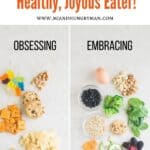
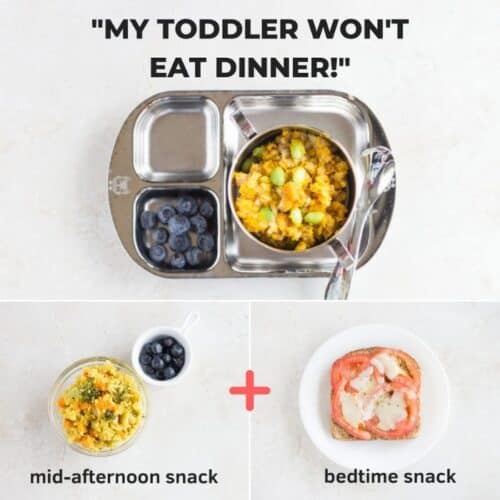
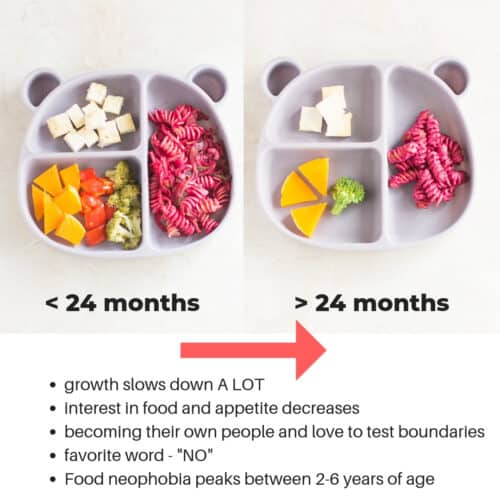
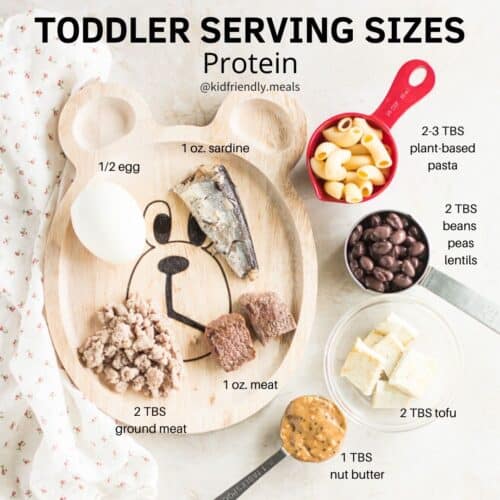
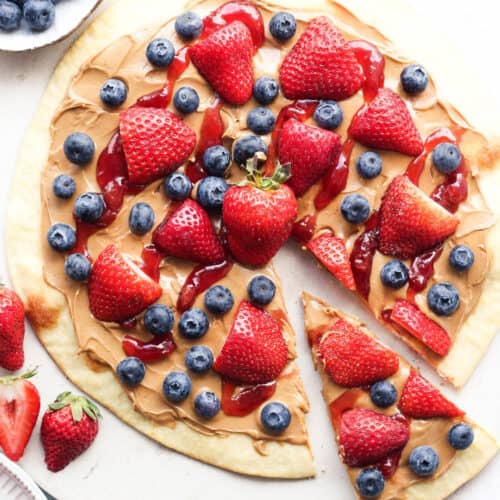

Liz says
This is such an important and trick subject. You put it all together very well. I was kind of obsessed with healthy eating. I had an autoimmune disease, and eating healthy worked wonders in my body. But it also made me not wanting to eat non-oranic food, stay away from gluten and dairy at all cost, eating twice a day and losing my social life etc. etc. Now that I have a kid, I'm comprehending the importance of there are no bad or good foods, there are just foods and everything is in moderation. Thank you for inspiring me even further.
Min says
Hi Liz! Before specializing in pediatric nutrition, I worked with a functional doctor in helping those with autoimmune disease specifically in regaining health through diet so I can completely understand where you are coming from. After experiencing such transformation, it's hard not to become strict with eating a certain way. But once it starts depriving you of joy and doing life with others, you then begin to seek a more balanced approach, which is what it sounds like you're doing! Our Sending you much love!!
christobel says
Thanks for the article. We eats healthy but still try to give some treats, I caught myself a few times saying no to my daughter because certain treats has too much sugar. This article is a Ah ha moment. We now label our food as everyday food and treats as sometimes food. We can't have sometime food everyday. My daughter gets it and it work so well for us.
Min says
Finding balance is always a challenge in every aspect of our lives, no? As we try to see the world through the lens of our children, I have a feeling we will continue to learn and grow together to become the best versions of ourselves ;). Yes! I love the idea of saying everyday and sometimes food rather than good or bad. I personally don't like to say "fun foods" either because fruits, veggies, etc. can all be fun too!
Lynda says
what if... our family eats at different times and eat different things? ie i eat when the kids eat, dad eats when he wants and sometimes eats different foods from us, then grandparents eat even later and also different set of foods....... it's so hard.
Min says
It truly is difficult to juggle. However, knowing that family meals are so important for strengthening family ties, building vocabulary, role modeling, etc., do try to prioritize it. It's not possible to do for all meals if both parents work or child goes to school, of course. But perhaps start by making it a priority to have at least 2 family meals/week and gradually increase by one extra meal or something like that. I do want to mention that it's great that you're eating with the kids! That's a great opportunity for you to bond with your children and role model ;).